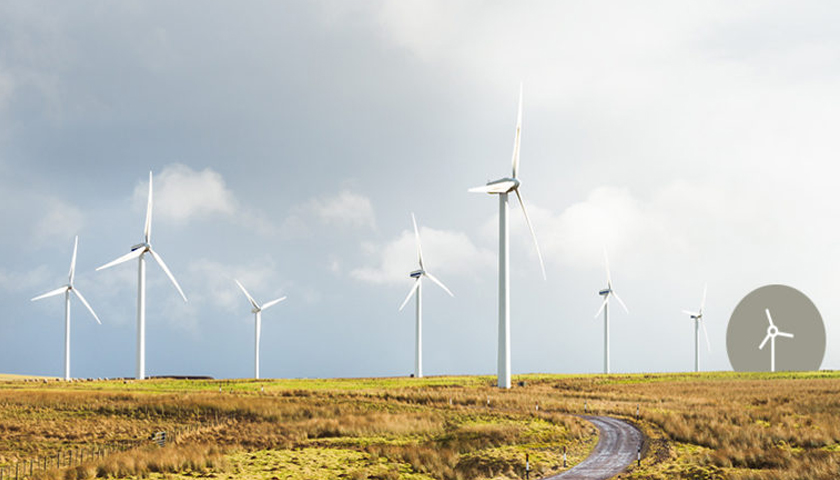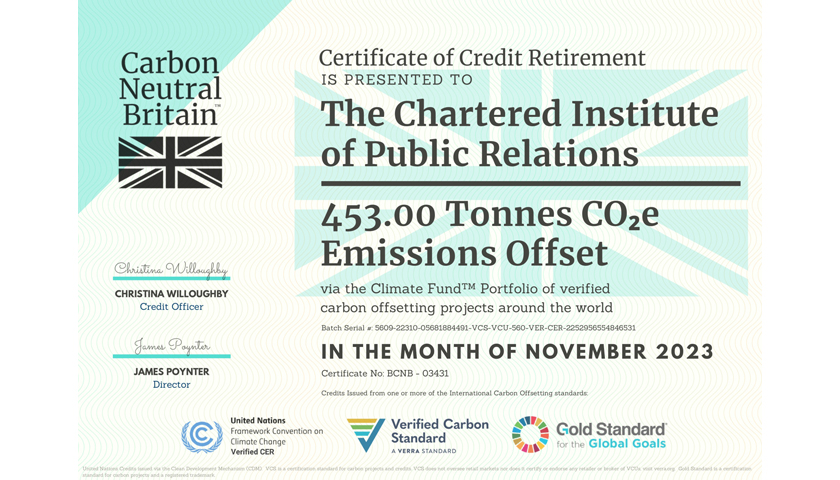United Airlines have commitetd to their goal of going 100% green by reducing 100% of greenhouse gas emissions by 2050, the company state they want to lead their industry toward real solutions and lasting change.
The CEO of the company, Scott Kirby, has talked abiout it inb a post on their LinkedIn Page which is reproduced below:
The COVID-19 pandemic has disrupted the world in many ways. For the airline industry, it has been the most punishing financial blow in our history. Despite the continuing challenges, we at United Airlines have dedicated ourselves every step of the way to make flying as safe as we can, and we always will.
Still, this crisis will end. That’s why we’re keeping our focus on another crisis that will force all of us to change our behavior in far more dramatic ways than the pandemic ever did: the crisis of a changing climate. The longer we wait, the more drastic those changes will have to be. So we have to start making them now. And rather than pay lip service to the problem, United is taking advantage of this moment to lead our industry toward real solutions and lasting change.
When I became United Airlines’ new CEO at the beginning of the pandemic, I did so with a grand vision for our company: to make sustainability the new standard in flight. I realize it’s an ambitious vision for someone in an industry that depends on burning fossil fuels to operate. As the leader of one of the world’s largest airlines, I recognize our responsibility in contributing to climate change as well as our responsibility to solve it. It’s no longer enough for us to connect the world without making sure it has a future. Our children – and I’ve got six, and a seventh on the way – have to live with the consequences of the decisions we make right now.
With that in mind, I’m proud to announce that today, United is taking a new approach to climate change – and it’s one you might not expect.
We’re embracing a new goal to be 100% green by 2050 by reducing our greenhouse gas emissions 100%. And we’ll get there not with flashy, empty gestures, but by taking the harder, better path of actually reducing the emissions from flying.
You’ve probably heard of carbon offsets. While they may offer customers some peace of mind, traditional carbon offsets do almost nothing to tackle the emissions from flying. And, more importantly, they simply don’t meet the scale of this global challenge. Carbon emissions have increased 4000 times since the industrial revolution. It’s just not realistic to think we can plant enough trees to start bending that curve today.
I believe the world and the airline industry has to be bolder. In addition to all the great work happening in renewable energy, I see two paths that lead to a solution. And United is proud to lead the rest of the industry down each path.
Most of an airline’s contribution to climate change comes from the fuel it takes to fly. That’s why the first path is to switch to Sustainable Fuel – including Sustainable Aviation Fuel (SAF). It’s a fuel with up to 80 percent fewer carbon emissions than conventional jet fuel, making it the fastest way to reduce our emissions across our fleet. And it’s not some far-off technology: United has invested heavily in SAF for more than a decade now, to the point where we now are a leader in the growing global industry we helped create—and there’s enough supply for our competitors to join us in this switch.
The second path to sustainability is to embrace other promising technologies like carbon capture and sequestration. This is the only scalable technology that actually removes carbon from the atmosphere today and buries it deep underground.
Today, I am proud to announce that United is breaking new ground all over again, just like we did with Sustainable Fuels a decade ago, by committing to a multimillion-dollar investment in a startup that captures carbon using Direct Air Capture technology. Our investment will help fund the first of several Direct Air Capture plants that are expected to capture and store one million metric tons of CO2 per year. That’s the equivalent to planting 40 million trees. Most importantly, sequestration is a real and permanent solution.
These game-changing technologies will significantly reduce our emissions, and measurably reduce the speed of climate change. United Airlines is the only airline investing in these technologies. And we’re not just doing it to meet our own sustainability goal. We’re doing it to drive the positive change our entire industry requires so that every airline can eventually join us and do the same.
Simply put, while some other airlines rely solely on marketing gimmicks to offset their emissions, we’re working to solve the problem in a permanent way – before you even take your seat.
After all, your journey begins before you board our planes. So should ours.
Our path to decarbonization
True sustainability is about taking on the biggest culprit in our industry — the emissions generated by our aircraft. Unlike other airlines, we’re looking beyond using carbon offsets. We believe carbon offsets simply don’t go far enough to address the emissions caused by our operations. To achieve carbon neutrality by 2050, we’ll aim to tackle emissions at their source by continuing and accelerating development and investment in:
Sustainable fuel
Sustainable fuel is made from renewable resources and waste byproducts — and sustainable fuel has up to 80% fewer carbon emissions than conventional jet fuel, making it the fastest and most effective way United is reducing its emissions across its fleet. We have been investing heavily in sustainable fuel for more than a decade now, using half the world’s committed volumes alone.
Direct Air Capture
Carbon capture and sequestration has been widely viewed by scientists as a necessary step to limit climate change and one of the most scalable options is Direct Air Capture technology. We intend to make a multimillion-dollar investment in a startup that will help fund the first Direct Air Capture plant in the U.S. A Direct Air Capture plant is planned to capture, remove and store 1 million metric tons of CO2 — which is like the work of 40 million trees.
How does carbon capture and sequestration work?
Direct Air Capture is a technology that captures carbon dioxide directly from the air so it can be buried deep underground or reused. Giant fans continuously pull in atmospheric air, then a chemical reaction extracts the CO2 molecules and traps them in a non-toxic liquid solution. The CO2 is then put through a series of chemical processes, compressed, purified and pumped into the ground and sequestered permanently or reused. Capturing and sequestering carbon using Direct Air Capture technology is similar to what trees do as they photosynthesize but this process is much faster.



